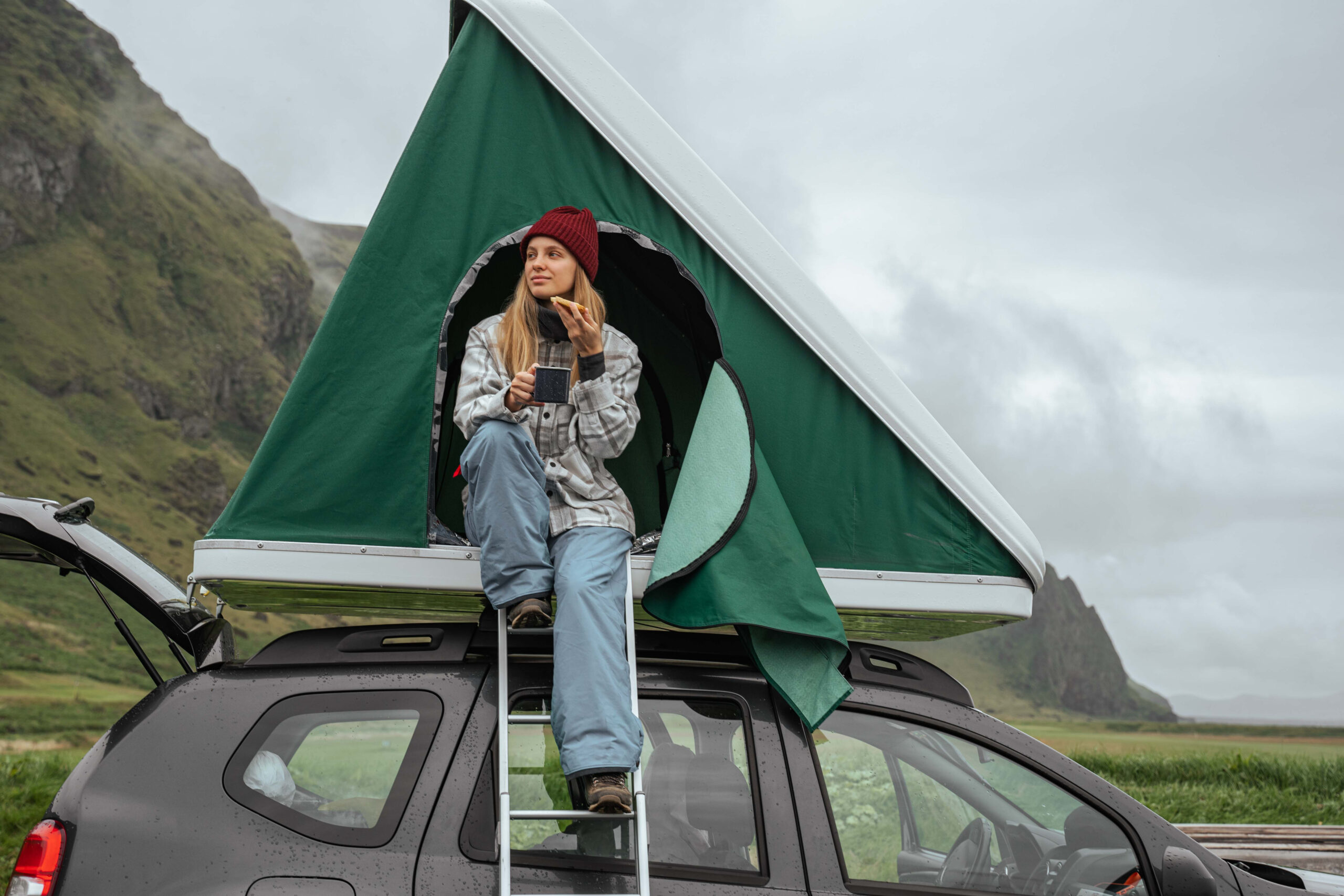Getting outside and away from the day-to-day grind has always been something I enjoy. Between working on cars all week and tinkering with metal or carbon fiber in my free time, it feels good to unplug and just breathe a little. For me, that usually means loading up the car and heading out for a weekend of camping. Over the years, I’ve figured out a few setups and habits that make car camping more comfortable, more organized, and just a better experience overall.
I’m not talking about hauling a big RV or getting fancy with solar power and satellite dishes. I keep it simple but smart—enough gear to make the weekend relaxing, not stressful. It’s all about striking that balance between roughing it and still having a little comfort and convenience.
Why I Like Car Camping
I’ve done my share of tent camping and even tried backpacking once or twice, but car camping just fits my style better. It gives me flexibility—I can pack what I want, sleep a little better, and not worry as much about the weather. I can bring tools, gear, even some of my casting stuff if I feel like doing a project on the road.
The car becomes your basecamp. It’s not just transportation, it’s storage, shelter, and sometimes even your kitchen. And since I’ve spent a good chunk of my life working on vehicles, I know how to keep mine in shape and organized for the road.
My Go-To Sleeping Setup
I’ve tried a few different ways of sleeping at the campsite. I’ve got a tent I’ll use if I’m staying more than a night or want more space to spread out. But honestly, I really like sleeping in the back of my car. I’ve got a hatchback-style vehicle that I’ve turned into a mini camper when I need it.
I built a simple platform out of plywood and 2x4s that fits in the back with the seats folded down. Underneath it, I’ve got storage bins for clothes, food, tools, and random gear. On top, I roll out a foam mattress pad and a decent sleeping bag. It’s not luxury, but it’s solid. I don’t wake up with a sore back and I stay dry if it rains.
On colder nights, I use one of those little USB-powered fans with a heat pack setup I rigged up, and when it’s hot, I crack the windows and use magnetic bug screens. It all packs down easily, so I can load or unload in about ten minutes.
Cooking Without Stress
When it comes to food, I’m not out here doing gourmet meals, but I still like to eat something hot and filling. I bring a small propane stove and a single pan that I use for everything—eggs in the morning, grilled cheese for lunch, or even some simple pasta for dinner.
One thing I figured out early is to prep a few things at home. Cutting veggies or portioning out spices ahead of time makes cooking way easier out in the woods. I also keep a small cooler for stuff like meat, cheese, and drinks. Nothing fancy, just enough to keep things fresh for a couple of days.
I made a fold-out table from scrap wood and leftover metal from an old car jack I took apart. It clips onto the back of the car and gives me a flat spot for cooking or organizing gear. That little table’s saved me from balancing things on rocks more times than I can count.
Lighting and Power
Lighting is one of those things that makes a huge difference at camp. I used to rely on a headlamp and maybe a flashlight, but now I keep a few rechargeable lanterns with me. I’ve got one that magnetically sticks to the inside of the car roof, and it gives off enough light to read, cook, or dig through my gear at night.
I bring a portable power bank with USB ports to keep my phone and lights charged. If I’m staying somewhere with sun, I throw a cheap solar panel on the roof during the day. It’s not high-tech, but it works.
A Few Comfort Extras
There are a couple of things I always bring now that I didn’t used to think were important. One is a good camp chair—not one of those flimsy ones that sink into the dirt, but something solid that I can relax in after a long hike or while sipping coffee in the morning.
Another is a heavy-duty tarp. I use it as a ground cover if it’s muddy or string it up between trees for shade or rain protection. You can do a lot with a tarp and some paracord if you know how to rig it right.
And of course, I always keep a basic toolkit in the car. Not just for vehicle issues, but for little camp repairs too. It’s come in handy more than once, whether fixing a broken zipper or helping someone else out who forgot a wrench.
Car camping gives me the best of both worlds. I get to be out in nature, away from everything, but still have some of the tools and comforts that make the trip smooth. Over time, I’ve fine-tuned my setup so I’m not wasting time or energy once I get to camp. I just pull in, get settled, and start enjoying the peace and quiet.
For anyone thinking about trying car camping or upgrading their setup, my advice is to start simple and build it out over time. Figure out what works for you, and don’t be afraid to make your own gear or tweak things until they feel right. That’s half the fun—just like working on a car or building something from scratch.
There’s nothing like sitting under the stars next to your car, warm drink in hand, knowing everything you need is right there with you. That’s my kind of weekend.
